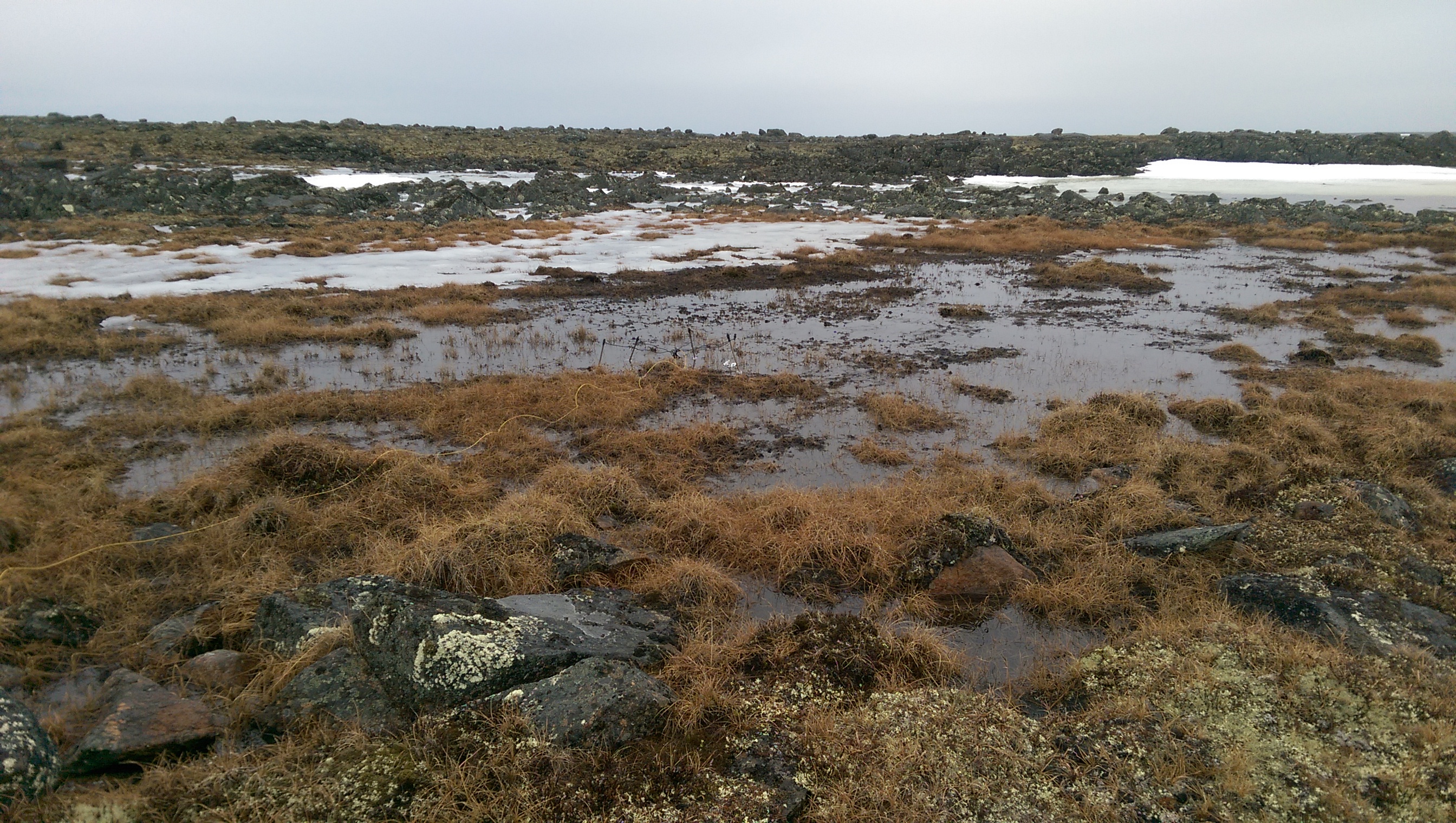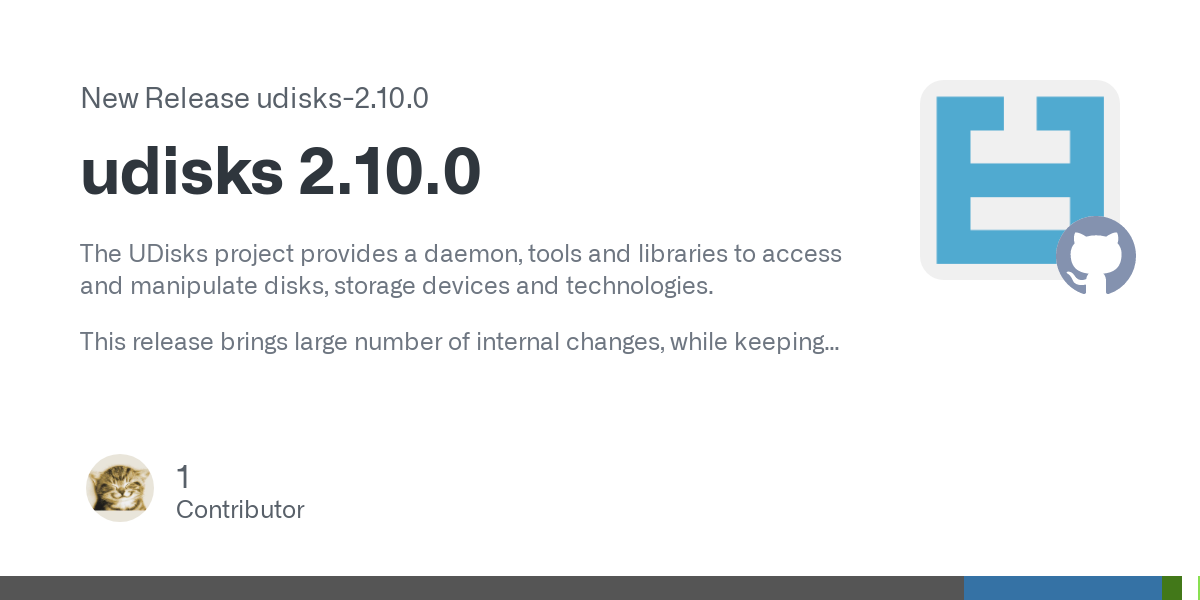Or, hear me out, you could just not bother at all. It works for (most) men after all ;)
Centrist, progressive, radical optimist. Geophysicist, R&D, Planetary Scientist and general nerd in Winnipeg, Canada.
troyunrau.ca (personal)
lithogen.ca (business)
- 4 Posts
- 245 Comments
I’m no neuroscientist (just a regular scientist who happens to know a little about neurology). But those quotes are entirely speculation. Dealing first with the premise of the comic:
(1) The comic has the chip loading arbitrary memories into a person’s brain. In order to do that, we would have to have a total map of the person’s brain and then craft a memory that fits into it. The processing power and the number of interconnections to have a total map are entirely in the realm of science fiction for the foreseeable future. Neuralink is advertising 1024 electrodes. To pull this off you would need trillions of electrodes.
(2) Furthermore, you’d need to have a computer craft the precise stimulus response mapped to an individuals unique neural network – that would mean that a computer will have had to completely decode their entire brain and memories first, or at a minimum be able to simulate their entire brain. And then run a bunch of forward models trying to fit the new data into the existing data in a seamless way. Yes, theoretically possible given infinite computing power, but not actually practical.
(3) The first two require major leaps in technology beyond neuralink itself. Probably you’re looking at borg style nano-machines in order to pull off this level of neural integration and the processing power to map, understand, and model an entire brain (NVIDIA isn’t going to cut it, even projecting Moore’s law decades down the road).
(4) In conclusion, Elon will never be able to pull this off the comic before he dies.
Now, if you assume Elon is extrapolating into the far future.
(5) saving and replaying memories might be easier, because you don’t have to map and entire brain (just a section), and you don’t have to model the brain to create the memory – just restimulate the same neurons. This is probable, with or without Neuralink, as a technological advancement in probably decades.
(6) Likewise, copying an existing brain into a new or simulated brain is easier than injecting a memory into an existing brain. You’d still need to have another “blank brain” as a host (whatever form that entails), and you’d need enough data from your real brain to make the copy (well, that brings us back to items 2&3). This is probable, with or without Neuralink, as a technological advancement in probably centuries.
Neither 5 nor 6 help with the premise of the comic. But I suppose if we have the tech to do (6) in a few centuries, we could probably have the computing power to model new memories on an individual basis too.
Elon will be dead by then.
The problem with the comic’s premise is that Neuralink doesn’t do memories at all. It’s more like a replacement for a keyboard and mouse.
But sure, I guess: never pass up a cheap shot on Elon ;)

 1·8 days ago
1·8 days agoThe good news about nukes: they have a shelf life – most soviet-era nukes needed to be replaced every 12 years, as the loss of fissile material to natural radioactive decay would render them dirty bombs after a certain point. Now don’t get me wrong, a dirty bomb still sucks, but it’s no nuke.
So when a collapsing Russia is hypothetically selling nukes, they’re probably selling old depleted nukes or nearly expired nukes. To a terrorist it is almost the same thing, but to nation stations looking at MAD, it really isn’t.
I also mostly use VLC these days. I also use it on android, with a copy of my flac library on my microSD there too.
Outer Worlds 2 writing team here. You’re hired!
This is a misapprehension. Springs are on hillsides, not hilltops. Basically, imagine there are two surfaces: the ground, and the water table. In some places, usually on hillsides, the water table will intersect the surface. Where that happens, a spring will exist.
But that water has to be under pressure for this to happen – this is known as the hydrological gradient. Water flows down hill on the surface, and down gradient under ground. In order for there to be pressure on the water, enough to force it out a hillside, the water table somewhere in the hill needs to be physically higher in altitude than the spring.
In other words, it rains on top of the hill, and the rain soaks into the ground. That water wants to flow downhill, so it flows out of the ground on the sides of the hills. But this means a spring will never flow from the top of a hill.
Only in a 2D world with the directions being limited to “up” and “down”. Carrying it laterally around the circumference of the hill would be equally probable.
The hydrologist in me always asks: why dig a well at the top of the hill? Surely that is more effort than digging it at the bottom of the hill where the water table is closer to the surface.
But I guess wells like this predate modern hydrology. And outhouses and such could be polluting the water as it flows down gradient. So the water at the top of the hill was likely cleaner and safer to drink…
I’d wish for clean drinking water in every well. ;)
I use Connect for Lemmy. It’s as free, but closed source. The developer is available and fairly responsive in !lemmyconnect@lemmy.ca
I recommend opting into the beta version on the Playstore to get some features a little earlier. For example, Lemmy 0.19 introduces the new Scaled and Controversial sort options, which are amazing – particularly Scaled if you’re subscribed to smaller communities. However, Connect for Lemmy only has that sort option in the beta at the moment.
The only thing I don’t like is that you cannot paste images from the clipboard into comments.
When I was part of the KDE marketing working group, we always talked about 5% being the magic number. If we hit that, then the avalanche of ported and supported third party software starts. It’s a weird chicken and egg thing. Looks like we’re close!

 6·11 months ago
6·11 months agoI’m getting old, it seems. Kids these days probably don’t even have to configure modlines in XFree86. Sheesh. ;)
I worked in diamond exploration for years. We joked that we were turning diesel into diamonds – just not through compression. Seriously kids, buy a lab diamond if you want one.

 82·11 months ago
82·11 months agoBack in the day, debian used to render fonts badly to avoid a potential patent trap. Is that still a thing?

 663·11 months ago
663·11 months agoLargely, this is likely a good thing. Don’t let perfect be the enemy of better (than the status quo).
No. DBUS has its roots in freedesktop.org and the KDE+Gnome projects. It’s basically a desktop agnostic reimplemented of KDE’s DCOP, which was itself a simplified CORBA (gnome was using ORBit at the time, if I recall correctly). DBUS was so useful that the domain spaces its been applied to soon rapidly outgrew the desktop space, and this is why it’s usually started earlier these days.
It also works on Windows.
Look into history of object brokering in object oriented environments. I was around when KDE went from CORBA to DCOP to DBUS, but not involved in the decisions. Basically: object sharing between processes with security, type translation, and a few other things. In the Microsoft world, this was called “component object model” if my memory is correct.
DBUS is pretty nice for complex interactions.

 23·11 months ago
23·11 months agoI used to build ice runways to do arctic exploration. There’s this equation called Gold’s which goes like: w=4h². W is weight in kg, and h is thickness in cm. A 100cm (39") ice slab will bear 40,000kg – or 88,000lbs.
As you can see, because of the ² in the equation, the load bearing capacity scales quite rapidly once it is thick. In the Canadian Arctic, natural ice was quite often 140cm or more in March. We would land cargo planes on the ice and unload bulldozers and other BS like that haha.

 8·11 months ago
8·11 months agoLikewise, KDE3 got forked to Trinity. But KDE kept producing (largely) quality software, so Trinity is pretty much an anecdote now.







🙀